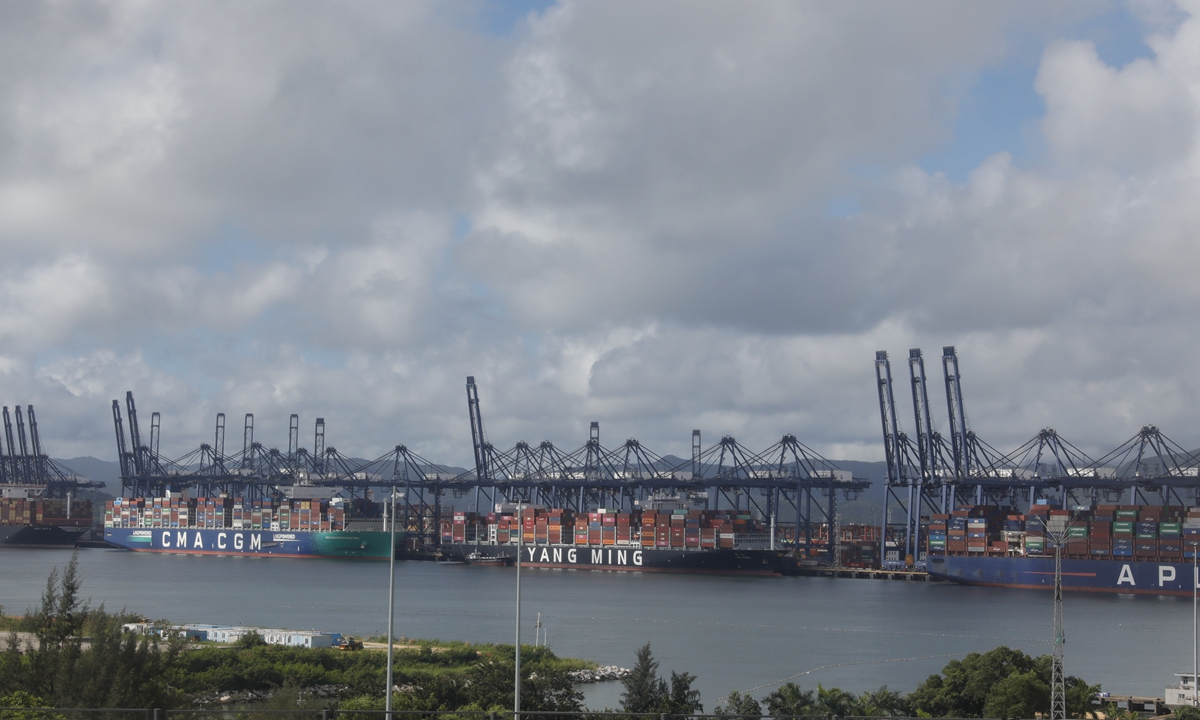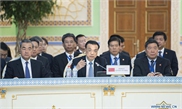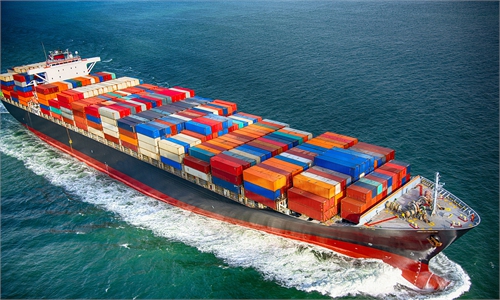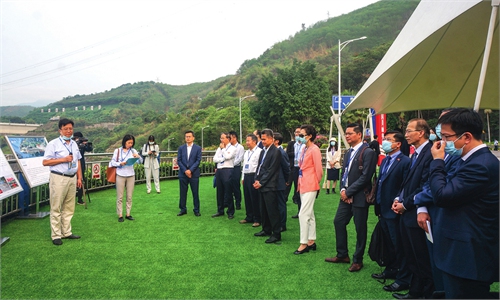
A view of the busy Yantian Port in Shenzhen, South China's Guangdong Province on July 10, 2022. In June, Shenzhen Yantian Port completed container throughput of 1.2606 million TEUs, a year-on-year increase of 104.71 percent, indicating a strong recovery in the country's high-end manufacturing base. Photo: cnsphoto
Chinese Premier Li Keqiang on Tuesday called on six provincial level economic powerhouses to take the lead to stabilize the economy, as a greater sense of urgency is needed to strengthen the foundations for recovery, after China's July economic data showed continued recovery but with minor fluctuations.
The Premier on Tuesday held a meeting with officials of Jiangsu, Zhejiang, Shandong, Henan, Sichuan and Guangdong provinces, which account for over 40 percent of China's economic output and market entities, to study the economic situation, China Media Group reported.
Premier Li said that the Chinese economy continued its recovery trend in July, but with minor fluctuations. "The momentum must not fall and a greater sense of urgency is needed to strengthen the foundations of an economic recovery," the Premier said.
China released several major economic indicators for July on Monday, with industrial profits and retail sales still growing, but more slowly than in June.
In July, industrial profits rose by 3.8 percent from a year earlier, slowing from a 3.9-percent increase in June. Retail sales stood at 3.58 trillion yuan ($530 billion), rising 2.7 percent from a year earlier, declining from the 3.1-percent growth in June.
Premier Li said that the six major provinces, which account for more than 40 percent of the country's GDP, number of market entities and employment, should take the lead and tap their own potential to stabilize the economy and the employment of local and migrant workers.
The Premier urged these provinces to complete the task of handing over fiscal revenues to the central government, tightening their belts, ensuring a balance of revenue and expenditure, finding ways to boost investment and consumption, making good use of special-purpose bonds and financial instruments, and promoting high-level opening-up and the utilization of foreign investment.
The meeting aims to have those major economic powerhouses, which have solid fundamentals, play a "leading and pivotal" role in the economic recovery, Li Changan, a professor at the Academy of China Open Economy Studies of the University of International Business and Economics, told the Global Times on Tuesday.
"The eastern provinces, most of which are China's most developed regions, are important bases for manufacturing and foreign trade, and they also shoulder the responsibility of shoring up investment and consumption in the second half," Li Changan said.
The expert added that Central China's Henan Province and Southwest China's Sichuan Province, home to over 80 million people each, are also urged to face an uphill mission of stabilizing employment and ensuring livelihoods in the second half.
"If the potential of those provinces are given full play, it is expected that China's second-half GDP growth could be above 5 percent, helping the annual growth to fall within a reasonable range," Li Changan said.
Major economic indexes for July showed that the domestic economy is still on the track of recovery but is faced with lingering pressure from weak domestic demand linked to global uncertainty and sporadic COVID-19 flare-ups, Zhou Maohua, a macroeconomic analyst at Everbright Bank, told the Global Times on Tuesday.
It is expected that domestic demand will pick up gradually following the improved epidemic prevention and control situation, a recovery in industry chains and tame consumer prices, Zhou said.



